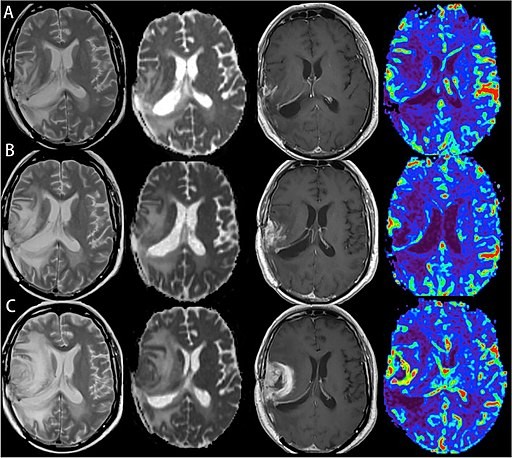Medical advancements have improved the outcomes for patients who are diagnosed with cancer. Despite this remarkable research and innovation, however, brain tumor is still one of the most challenging types of cancer to treat.

Researchers have recently discovered a new approach to targeting and killing cancer cells in brain tumors using electrically charged molecules to trigger cell destruction. This innovation can be applied to a spray treatment used during brain surgery.
A Unique Spray Treatment
At the University of Nottingham, a multidisciplinary group of experts led by the School of Pharmacy unveiled a new way of harnessing the potential of bio-nanoantennae in cancer cells on electrical stimulation. Bio-nanoantennae are gold nanoparticles coated with specialized redox active molecules that can alter cells at the quantum level and induce programmed cell death or apoptosis.
The research team focuses on glioblastoma cells, an elusive type of brain cancer that has long evaded effective cancer therapies. Glioblastoma is the most aggressive and common type of brain cancer, killing more than 10,0000 people in the U.S. annually.
The researchers claim their work is the first-ever quantum therapeutic approach demonstrating the possibility of eliminating cancer through quantum signaling. They declare the treatment's ability to kill glioblastoma cells by spraying bio-nanoantennae at tumor sites and applying an electric field.
According to study author Frankie Rawson, the nanoparticles are called bio-nanoantennae because they can convert an electric field into a biological signaling event, which then controls the functions of the cells, such as apoptosis.
The study suggests that when the bio-nanoantennae are sprayed at the tumor surgical resection site, they are readily absorbed by the cancer cells. Applying an electric field leads to a quantum electron transfer at the surface of a bio-nanoantennae-bound protein called cytochrome c. The transfer of a single electron alters the redox state of the protein, which signals the cancer cells to activate programmed death. As a result, the cancer cells begin to die on their own, preventing the regrowth of the tumor and potentially extending the patient's life.
Another advantage of this approach is that only cancer cells are killed during the process without harming the other brain cells. The research data indicates that cancer cells have altered expression of genetic pathways related to acute stress response. The changes to an electric field within cells could explain why cancer cells are killed but not normal.
READ ALSO: Quantum sensor is said to help cancer patients with their treatment
The Rise of Quantum Therapies
For decades, experts have suggested that quantum mechanical events play a significant role in the biological processes that determine the function of organisms. There had been a working hypothesis that developing technologies to control such events could enable scientists to manipulate cell behavior.
Bio-nanoantennae treatment is more interesting because it represents a combination of medicine and quantum bioelectronics. The process works by applying Quantum Biological Electron Transfer (QBET), a phenomenon involving the quantum tunneling of electrons.
As cytochrome C undergoes redox switching activated through QBET, it signals the cancer cells to initiate death pathways through one-electron transfer. This method demonstrates that scientists can use targeted electromagnetic fields to trigger a quantum mechanical phenomenon within the field of biology.
RELATED ARTICLE: New Cancer Therapies Promote Longer Yet Expensive Lives: MR-HIFU Technology Potential Is Explored For Cancer Patients
Check out more news and information on Cancer Treatments in Science Times.














